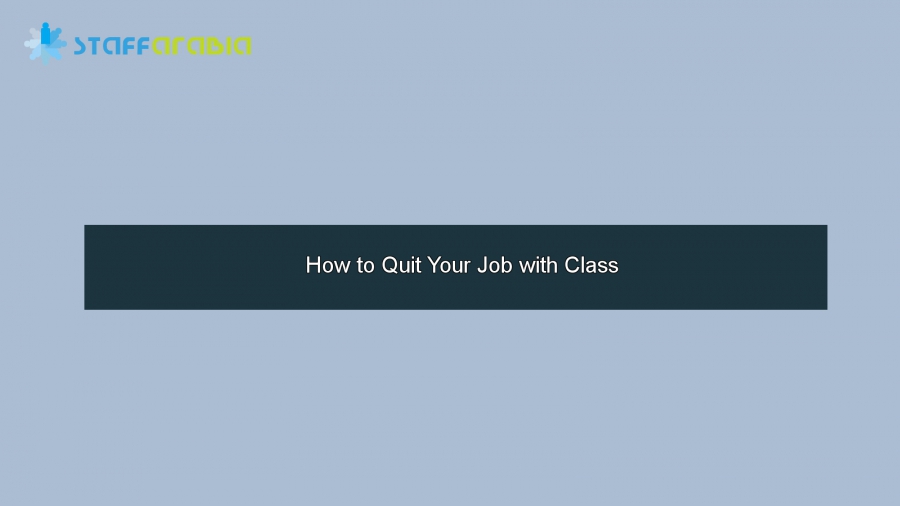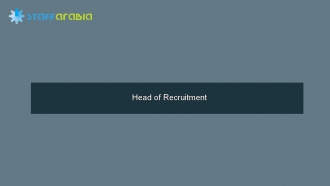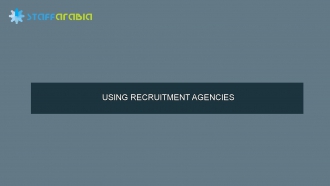
We all experience changes throughout our personal and professional lives. Change is a good thing—it indicates we’re off on the next big adventure.
But changes can negatively affect those we leave behind. When it comes to your career and it’s time to leave one job for the next, you need to avoid burning bridges and depart your old position gracefully.
Here’s how you can quit your job with class.
1. Give plenty of notice.
Standard practice suggests that you provide your employer with two weeks’ notice before quitting your current job. Depending on your position and the level of responsibility you have, you may need to give your employer more time to find and train a replacement for you.
And give your notice in person, face-to-face with your supervisor. Don’t try to sneak in an email to avoid a personal meeting—but don’t spring the conversation on your boss, either. Schedule a time where you can sit down with them to discuss the situation.
You might also want to do what you can to help your company prepare for your departure. Offer to show someone else some major functions of what you do, or give your supervisor any helpful notes you made for yourself that might be valuable for future hires.
2. Focus on making your last days good ones.
You may be pumped up and excited about the opportunity that you quit your job for, but don’t go on and on about it or any future plans with your boss or coworkers. Focus on fully completing the last chapter of your time with this employer and stay positive about your experiences with the company while you’re still there.
If you’re pressed to explain what you’re doing next or why you decided to quit your job, give the basic facts and skip the juicy details (no matter how much you might want to brag about this next stage of your career).
In the meantime, work hard and continue to provide value to the company you’re leaving. Be complimentary of your supervisor if you have an exit interview, and express your appreciation for the opportunity you had to work in your position.
3. Avoid confrontations.
You may want to quit your job with class, but not every boss or coworker will share that same desire to be respectful. If anyone gets heated, emotional, or confrontational, decline to engage. If someone is set on burning a professional bridge, make sure it isn’t you.
4. Say goodbye.
Before you leave, make sure you send out a personal note to your coworkers to explain you’re making a transition to a new position and when you’re leaving. If you work in a smaller company, consider saying your goodbyes in person rather than over email.
Don’t forget to make vendors, clients, or others that you worked with on behalf of your employer aware of the change. Provide them with the appropriate contact information so they can redirect any correspondence, and make introductions where necessary.
Once you’ve done all of the above, you’re ready to quit your job with class—and move forward to your new, exciting opportunity.















